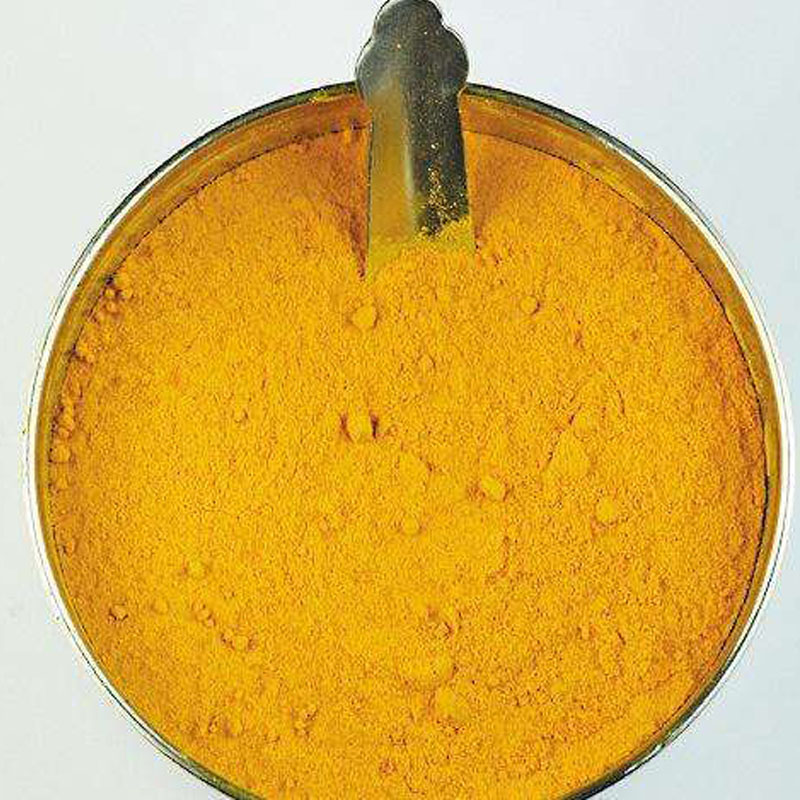- No. 268 Xianghe Street, Economic Development Zone of Xingtai city, Hebei 054001 China
- Byron@hbhongri.cn
Exploring the Heat and Flavor of Paprika Powder in Culinary Uses
The Zest of Paprika A Guide to Spicy Powder
When it comes to spices that can elevate a dish from mundane to extraordinary, paprika powder holds a special place in the hearts of chefs and home cooks alike. Originating from the dried and ground fruits of Capsicum annuum, paprika is a versatile spice that comes in various flavors and heat levels. One of the most alluring aspects of paprika is its ability to add color, flavor, and a hint of spiciness to dishes, making it an essential ingredient in many culinary traditions around the world.
The Origins of Paprika
Paprika has its roots in the Mediterranean region, particularly Hungary and Spain, where it has been used for centuries. The spice is made from different varieties of peppers that can range from sweet to hot, depending on the type of Capsicum used. Hungarian paprika is perhaps the most famous, known for its rich red color and sweet, smoky flavor. Spanish paprika, or pimentón, comes in three varieties dulce (sweet), agridulce (bittersweet), and picante (spicy), each adding a unique character to various dishes.
The Flavor Profile
Paprika is often celebrated for its ability to impart a rich, red hue to meals. Its flavor profile can vary widely—while some paprika is sweet and mild, others can be intensely spicy. The heat level of paprika is typically measured using a Scoville scale, which measures the pungency of chili peppers and other spicy foods. A popular choice for those who love a bit of heat is the hot paprika, which can add a delightful kick to soups, stews, and marinades.
Culinary Uses
paprika powder spicy

The versatility of paprika makes it a favorite in many cuisines. In Hungarian cuisine, paprika is the star ingredient in dishes like goulash, where it is used to create a complex flavor profile. In Spanish cuisine, paprika is often sprinkled on patatas bravas or used in chorizo, imparting a smoky flavor that is irresistible.
In addition to savory dishes, paprika can also be used in various sauces and dips. A classic example is the delicious Spanish romesco sauce, which combines roasted red peppers, nuts, and paprika to create a flavorful accompaniment for grilled vegetables and meats. Furthermore, even in simple dishes like eggs or roasted vegetables, a sprinkle of paprika can transform the taste, making it an essential item in the spice cabinet.
Health Benefits
Beyond its culinary applications, paprika also has potential health benefits. It is rich in antioxidants, particularly carotenoids, which may help combat oxidative stress in the body. Additionally, its vibrant red color indicates the presence of capsaicin, a compound known for its anti-inflammatory properties. Incorporating paprika into your diet can therefore not only enhance the taste and appearance of your meals but also contribute to better health.
Conclusion
Paprika powder, with its sweet and spicy notes, is more than just a seasoning—it is a culinary cornerstone that brings vibrancy and depth to a plethora of dishes. Whether you prefer the mild sweetness of Hungarian paprika or the robust heat of Spanish varieties, this spice is sure to delight your palate and inspire creativity in the kitchen. So next time you're looking to add a little zing to your meal, reach for paprika powder and let it work its magic. With its rich history, diverse applications, and health benefits, paprika is indeed a spice worth celebrating.
-
The Versatile Uses and Benefits of Capsicum Frutescens Oleoresin and ExtractsNewsJun.03,2025
-
Paprika&Chili Products Enhancing Flavor and Wellness in Every BiteNewsJun.03,2025
-
Paprika Extract and Capsicum Applications in Food and IndustryNewsJun.03,2025
-
Exploring the Benefits and Uses of Turmeric Powder and Curcumin ExtractNewsJun.03,2025
-
Discover the Bold Flavor of Premium Chilli Powder from ChinaNewsJun.03,2025
-
Capsicum Oleoresin Extract: A Potent Natural Ingredient in Modern ApplicationsNewsJun.03,2025







